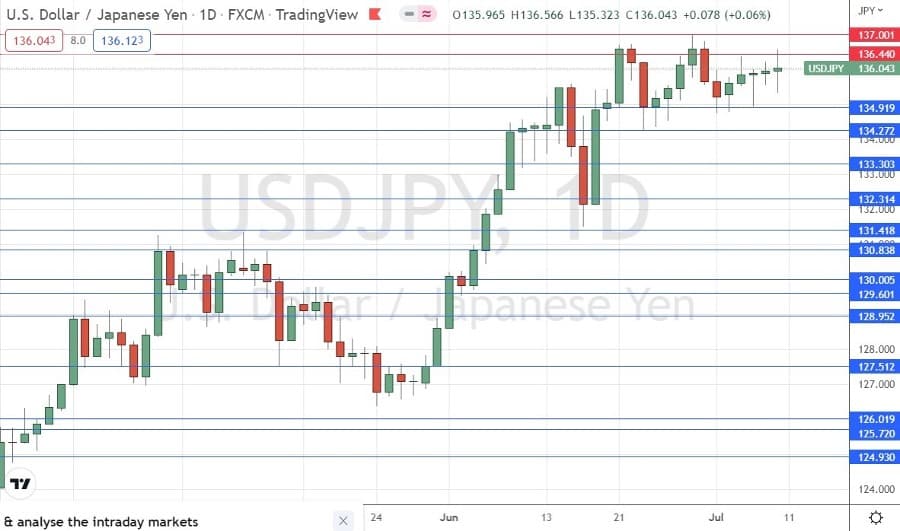By: Christopher Lewis
EUR/USD
EUR/USD spent most of the previous week trying to rally, but there simply wasn’t enough steam to hold onto gains. The 1.30 level continues to be very supportive, but the last several days have seen shooting stars form after rallies continue to fail. The weekly candle is a perfect shooting star as well. When these form at the bottom of a down move, it can often signal more weakness to come, which is no real big stretch of the imagination with the Euro. However, the support level has been firm, and looks to be all the way down to the 1.29 mark. If the pair breaks below that level – look for another leg down. Until then, the rallies in this pair will more than likely be faded.
.jpg)
USD/CAD
USD/CAD continued to trade in a choppy manner over the last week. The oil markets have been just as choppy over the last several weeks, and this will more than likely continue to make trading this pair a strictly short-term affair for the time being. The pair looks to be somewhat range bound, but the defining areas are a bit clouded. It also seems to be slightly biased to the upside, which makes sense as the Dollar is the “safe haven” of the currency markets.
.jpg)
USD/CHF
USD/CHF initially pulled back for the previous week, but found a bid in the later sessions as the world continues to buy Dollars. The pair is sitting just below the 50% Fibonacci retracement from the plunge in March 2010, but the fundamentals dictate that this pair will more than likely continue to rise. The US dollar is the safe haven everyone is buying, and the Swiss have major issues with their neighbors. While the Swiss National Bank is working to keep the Franc from appreciating in general, they also have the misfortune of sending 80% of their exports into the European Union, which is about to enter recession, which in turn may send Switzerland into one as well.
.jpg)
USD/JPY
The USD/JPY pair is probably one of the flattest pairs out there currently. With the Bank of Japan intervening occasionally, and nobody seeming too interested in selling Yen over time, it simply struggles to move for anything that could be considered substantial. The 80 level is going to be vital if the bulls are to take over, and if that level can be overtaken – this pair goes much, much higher as it becomes a long term “buy and hold” trade. The downside will continued to be propped up by the Bank of Japan going forward.

AUD/USD
AUD/USD continues to grind sideways in the vicinity of parity to the US dollar. The market looks very range bound, and will more than likely continue to be affected by the situation in Europe and China more than the situation in Australia. While everyone knows about EU debt problems and recession fears, another problem facing the “risk on” currency is that the Chinese economy is starting to show signs of slowing down. As the Aussies export a majority of their raw materials to that country, this could be a driver of bearishness in this pair. However, for the time being I see simple sideways consolidation from the 1.02 to 0.98 levels.

.jpg)